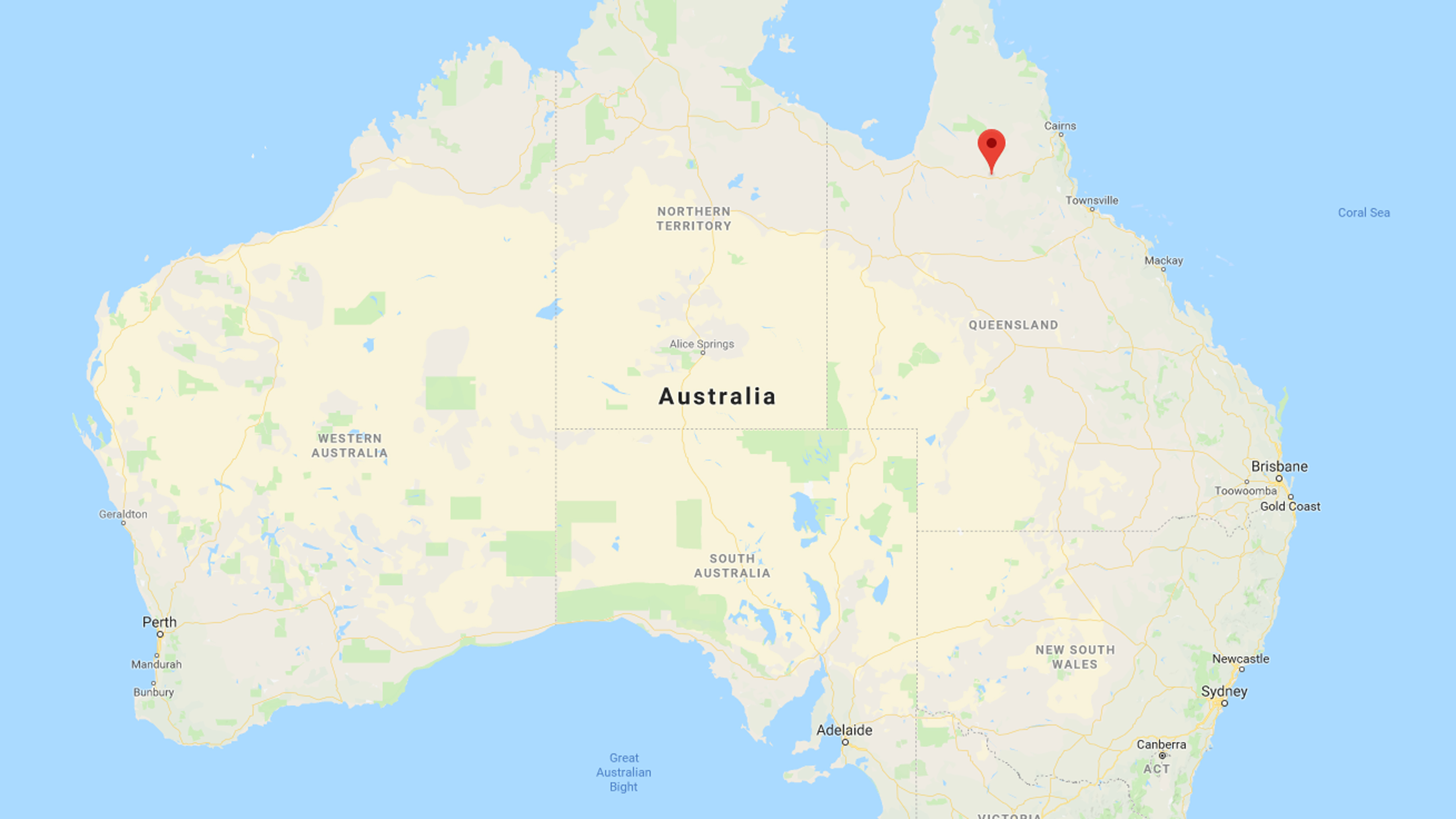A town in Australia may have once been a part of Canada, new study suggests
Geologists say Georgetown broke away from North America and collided with the Mount Isa region of northern Australia 1.6 billion years ago.

A town in north Australia may have been a part of North America more than a billion years ago, scientists say.
Researchers have discovered that the rocky sediments in Georgetown, Queensland, bear what they call a “surprising resemblance” to the rocks found in Canada today – but have chemical signatures that are unknown in Australia.
Adam Nordsvan a PhD student at Curtin University, described the findings as “significant”, saying it could “unlock important information” about an ancient supercontinent known as Nuna.
Mr Nordsvan said: “Our research shows that about 1.7 billion years ago, Georgetown rocks were deposited into a shallow sea when the region was part of North America.

“This was a critical part of global continental reorganisation when almost all continents on Earth assembled to form the supercontinent called Nuna.”
The team looked at detrital zircons – small rocks containing minerals and other material worn or broken away from a land mass by water or glacial ice.
Mr Nordsvan said the team arrived at their conclusions after analysing sedimentological (which deals with the origin and classification of sedimentary rock) data and geochronological (which determines the age of rocks and fossils using radioactive isotopes) data from both Georgetown and Mount Isa.
Zheng-Xiang Li, a professor at Curtin University, said: “Ongoing research by our team shows that this mountain belt, in contrast to the Himalayas, would not have been very high, suggesting the final continental assembling process that led to the formation of the supercontinent Nuna was not a hard collision like India’s recent collision with Asia.
“This new finding is a key step in understanding how Earth’s first supercontinent Nuna may have formed.”
The researchers are looking at further studies to understand more about what happened during the formation of Nuna and the Georgetown collision.
The research is published in the journal Geology.





